The History Keepers
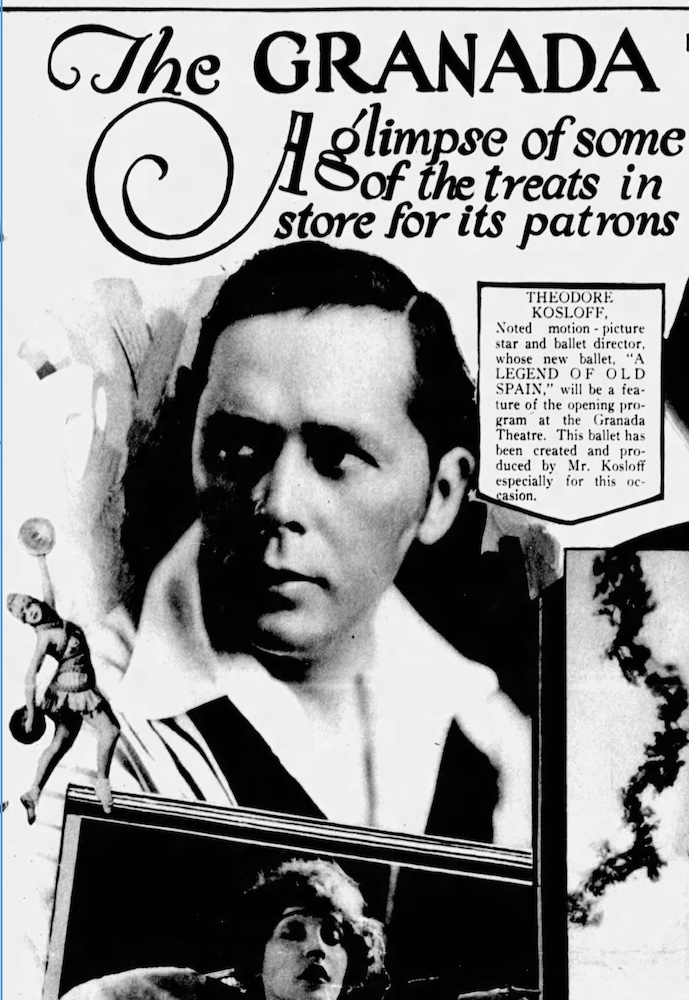
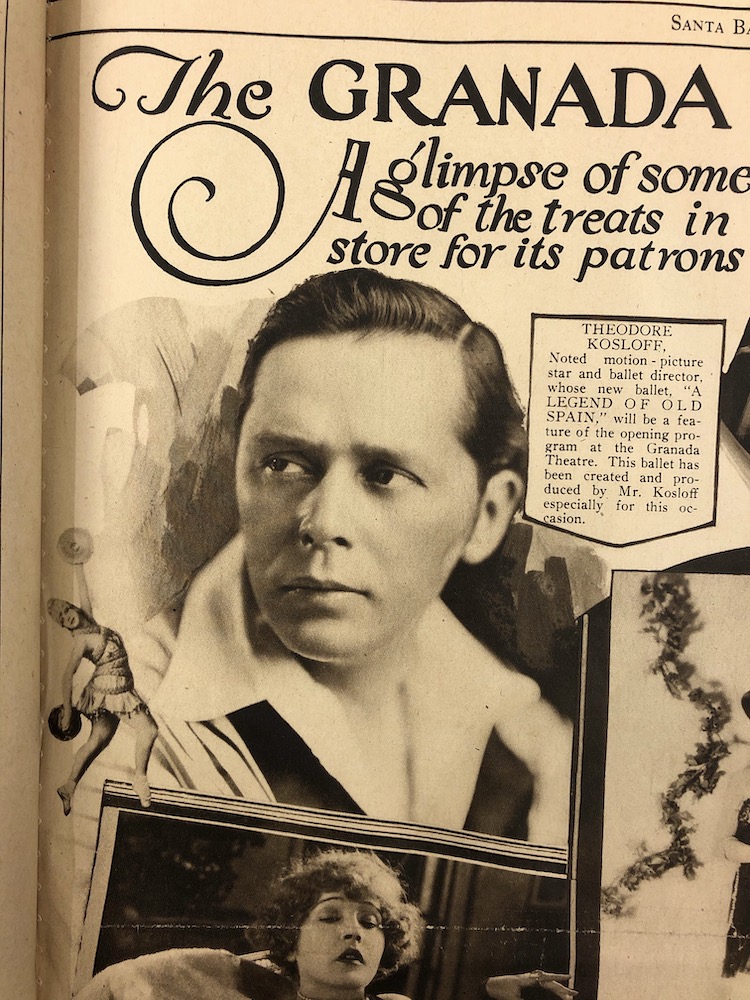
Though the ancients relied on oral tradition to pass along the history and culture of their societies, today a community’s history exists in written forms. Civic, personal, and business records provide accurate facts about past events and issues. Often, however, news articles are the best starting point for uncovering the past. In fact, newspapers are essential history keepers, and as a local historian, I make constant use of them.
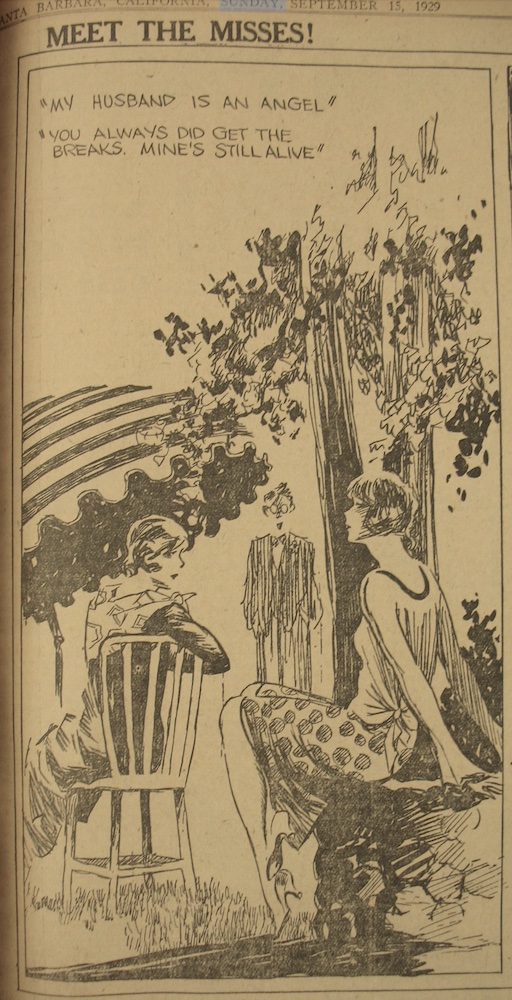
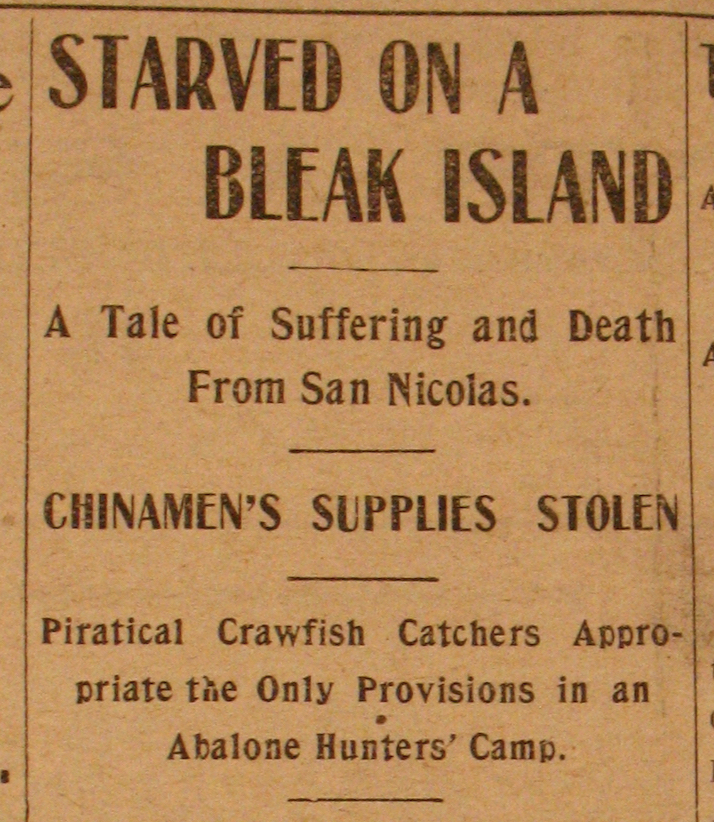
Without local newspapers, no one today would know that President Theodore Roosevelt’s Great White Fleet, which he had sent on an epic round-the-world voyage to demonstrate America’s naval power, had visited Santa Barbara. Researchers looking online for information about this voyage would find no report of the Fleet in Santa Barbara. Yet, for nearly a week they were fêted with elaborate parties and activities by the town. And how did I find this? I looked through bound editions of the Morning Press in April 1908, and the fact of that visit was confirmed and the details were fascinating.
Just recently, Dr. Larry Gurrola, a registered engineering geologist and project manager for The Project for Resilient Communities, did extensive research on the correlation between wildfire and flooding in southern Santa Barbara County. Gurrola started by scouring newspaper archives to determine the frequency of debris-laden floods in Montecito and to note the connection between the two. The news stories led to other sources, and in the end, Gurrola and David Rogers had created an important document, “Fire, Flood, and Landslide Dam History,” with maps that redefined evacuation areas for Montecito and Southern Santa Barbara County. Without historic newspapers, it is unlikely that the connections could have been made. We need our historic newspapers. (For that matter, we need to reinstate comprehensive daily coverage of news events in Santa Barbara so that we continue to document and collect our history.)
Nowadays, Newspapers.com and UCR’s California Digital Newspaper Collection have digitized many local newspapers that were published before 1967. The online editions, for which one pays a fee, have been a terrific boon to historians, genealogists, and other researchers. Nevertheless, reading the physical paper helps provide context as well as additional information, and for that, the bound print editions of actual newspapers become essential. I cannot tell you the number of times perusing the paper has led to some historical fact that is important, significant, or just plain delightful and interesting. With online papers, you have to know what you are looking for. By perusing the actual papers, you are open to surprise and new information.
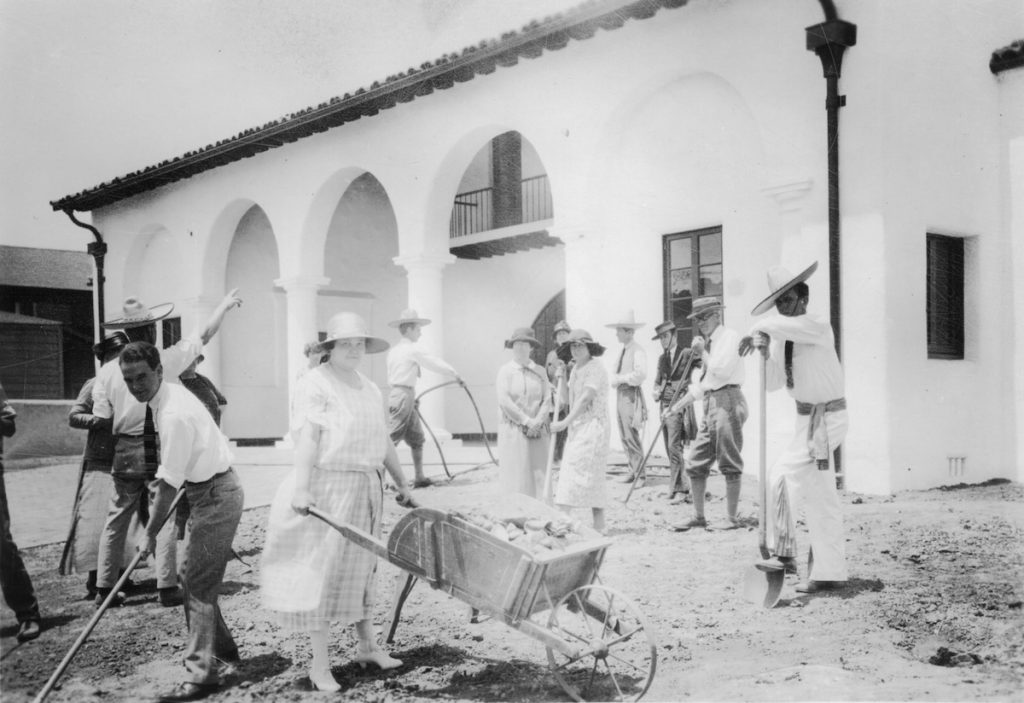
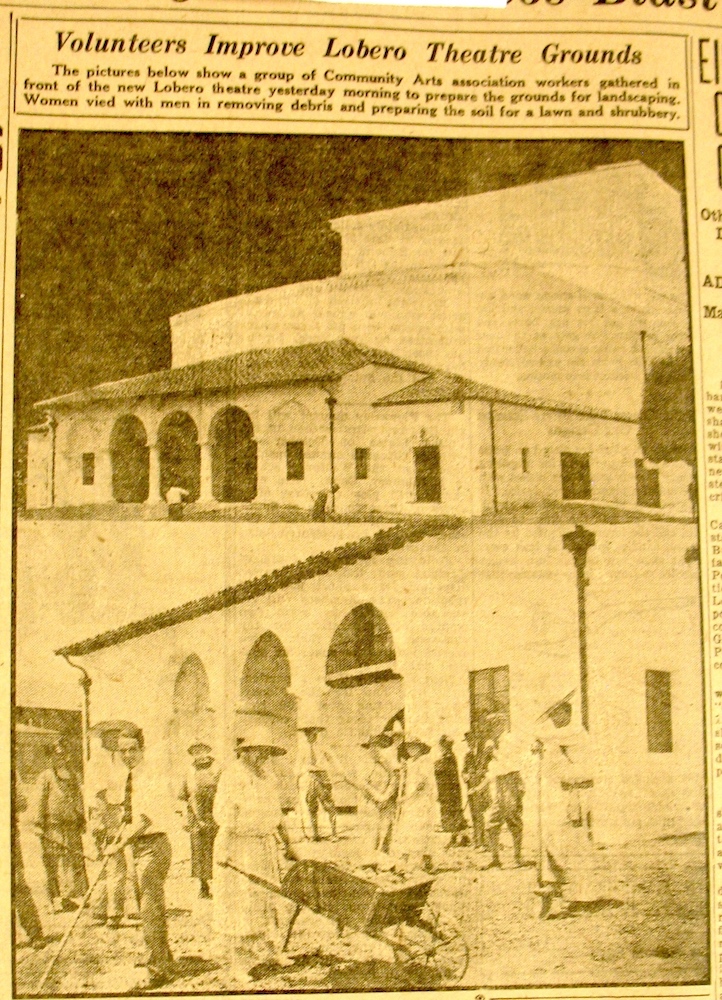
The founder of the Santa Barbara News-Press (a 1938 merger of his Santa Barbara Daily News and Independent and his Santa Barbara Morning Press), was deeply committed to the community and to preserving its history. In his memoir, California Editor, Thomas M. Storke talks about journalistic principles which included never allowing the news columns to reflect editorial comment and always publishing the news that was public property without fear or favor of friend or foe. He admits he sometimes failed to live up to this platform, but says he always ended up thinking something was lost to his paper when he did. Storke understood the value of newspapers as history keepers, and he donated bound editions of the Morning Press and Daily News to the Santa Barbara Historical Museum so that this history would be available to everyone.
Many of us bemoan the loss of our once-prizewinning News-Press, and we are thankful that news organizations like the Santa Barbara Independent, the Montecito Journal, Noozhawk and othershave worked diligently to fill the gap with excellent writing and journalistic integrity. Nevertheless, the loss of a local comprehensive daily news source does not bode well for the community, nor for the keeping of our history – especially since digital archives of current local papers are mostly not in place. In addition, even reliable online news sources can (and do) disappear as domains fold or are bought out. When that happens, large chunks of our history are lost.
Today, the archive of photos and bound editions of the News-Press will eventually be put up for auction as the News-Press bankruptcy and dissolution process sloughs through the courts. Various people and organizations have expressed an interest in having them. Not all of these groups want to make the photos and history of the last 60 plus years available to the public for free or even at a nominal cost, nor will they provide easy, universal access. The photo collections, in particular, could be broken up and spread far and wide outside the community.
For years, I have used the newspapers and hundreds of other resources collected by the Santa Barbara Historical Museum to write and illustrate over 300 articles on local history. I believe it is in the interest of all of Santa Barbara to complete the collection at the Museum by adding to it the remainder of the News-Press photo and newspaper archive. Located in downtown Santa Barbara with free parking, the museum is able to provide a knowledgeable, professional archivist and a safe yet easily accessible environment for the collection. Best of all, since the museum is an educational entity, the photos and stories will fall under “fair use” copyright laws, which will facilitate and legalize the use of those photos for reports, articles, display, etc.
When the time comes, let’s keep our history local.





